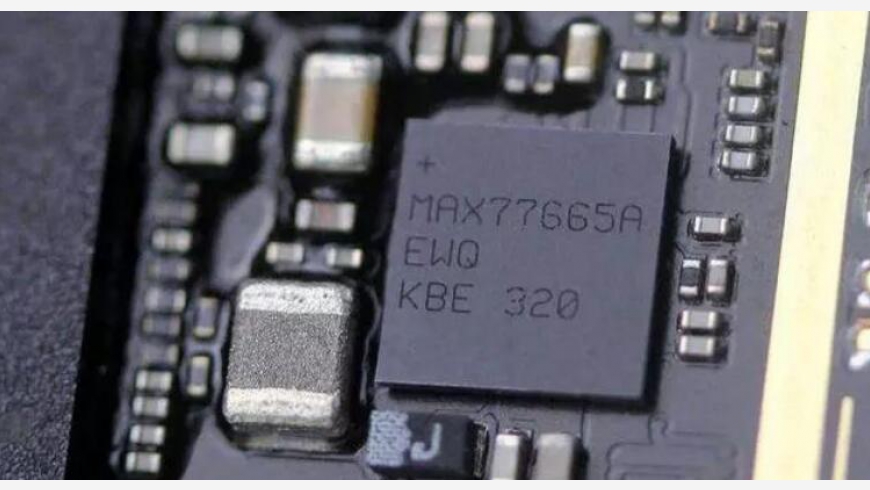The following Technology in Passive Electronic Factors

More than time, this concept was increased to include thick-film networks of 16 to 32 resistive elements inside dual-in-line packages in plastic housings with gull-wing sales opportunities for easy surface area mounting. The dual-in-line offer (DIP) manufactured it achievable for resistor producers to combine several types of passive components, commonly chip resistors and ceramic chip capacitors.
Inside the early nineties, new developments in passive element configuration had been pioneered by firms in the discrete semiconductor industries who productively used semiconductor producing strategies to manipulate particular uncooked materials, this kind of as tantalum nitride, chrome silicide, and nickel-chromium, to generate layers of resistance. In addition they employed ion-implantation units to engineer silicon-oxide- and silicon-nitride capacitors; therefore building elaborate built-in passive units (IPDs). Supplemental silicon manipulation in thin movie additional transistor capabilities and circuit defense functions to IPDs. The new thin-film-on-silicon layouts started to compete from common thick-film DIPs and SIPs for termination and filtering functions, particularly in high-frequency purposes.
While thin-film IPDs had been acquiring their area of interest, chip-resistor brands formulated the multichip array centered on thick-film technologies. The multichip array was a low-cost choice to conventional thick-film SIP products and solutions, and it lowered the location fees on PCBs. The mixture of lower value array factors, coupled along with the added customer discounts in conversion costs, brought about the array current market to mature speedily, specifically in marketplaces wherever volumetric efficiency was of maximum importance.
Firms that had been generating arrays and networks (particularly these with multilayer engineering) began to understand they could use their production know-how and know-how to make advanced parts and modules. The end result was the complicated integration of capacitors, resistors, and inductors in small temperature co-fired ceramic (LTCC) substrates.

Komentarze